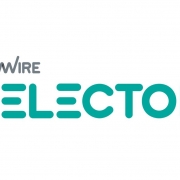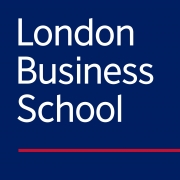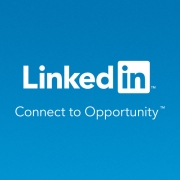Perspectives: Should we focus on our strengths or our weaknesses?
Written by
Adam Kingl, author, keynote speaker and advisor
Published
04 Nov 2019
Our willingness to focus on negatives has persisted since the post-war era, and this includes our approach to talent management. Shifting emphasis from weakness to strengths can help transform personal development, argues Adam Kingl.
The ways in which we consider and develop talent are still largely derived from military influence on leadership in the wake of the Second World War, as imported into the business world from generations entering the workforce upon their release from service, and the “delete all errors” foundations of scientific management.
Our talent experiences these foundations as a two-pronged pincer assault on their weaknesses. The implications are that they are never good enough, always wary of slipping up, and their fleeting moments of pride and job satisfaction are quickly subsumed by frequent reminders of their own inadequacies.
Assessing strengths vs weaknesses
Consider your own experience of talent-assessment reports in the organisations in which you have worked; 99% of you will probably recall an almost universal way in which these reports are organised: your strengths and your weaknesses.
Now remember how you read and reflected on this assessment. For most of us it went something like this:
Strengths: “Oh, I’m pleased that I have done well here. I know that I’m good at these things.”
Reader now dismisses and forgets this section entirely. Similarly, their manager opens a development conversation with these strengths for all of five minutes, then never mentions them again.
Weaknesses: “Oh no, I’m not good enough. I’m a terrible colleague and an embarrassment to my family. I’m wholly inadequate. And who was that traitor who gave me ones across the board in my 360?!”
Reader obsesses about this section for the next eight months, and their manager is similarly obsessed, beginning every conversation with a progress report and feedback on how well the weaknesses are being addressed.
The positive effect of building on strengths
This is a deficits-based approach to talent assessment. It implies that the best way for our people to develop is to focus on and improve those things at which they are terrible. There’s a massive and obvious problem with this philosophy. Allow me to explain with a personal story.
When I was about 12 years old, my parents took me on holiday to a ski resort. I was hopeless on skis; ragingly atrocious. I was holding onto a rope (my only job was to hang onto the rope quietly and do nothing else) that would drag me up the kiddy slope…and I fell over. Since no one behind me could ski either, and I couldn’t navigate out of the way, everyone fell on top of me – a novice skier puppy pile. My nose met my tonsils, as I was squashed into the bottom of a Black Forest Gateau of helmets, scarves and skis, a tartiflette of flattened bodies and egos.
Now, here’s the point: imagine I’d spent the rest of my life attempting to be a world-class professional skier. That was never going to happen, and I don’t regret it. I pursued hobbies that I enjoyed and academic topics about which I was either curious or had some natural aptitude.
I’m sure that for most people this is completely normal and ‘commonsensical’. Yet in most companies today, incredibly, we assess and spend our development resources as if we want to turn our ‘worst skiers’ into ‘average skiers’.
Developing world-class qualities
Wouldn’t our organisations be stronger and our people more fulfilled and successful if we identified their strongest skills and invested in turning those great attributes into absolutely world-class skills?
The shift we are just beginning to experience is from deficit-focused performance management (improving one’s weaknesses) to a focus on strengths. If we work on our weaknesses, most likely we can at best hope to improve those areas from ‘weak’ to ‘mediocre’ or ‘barely passable’ and only after an unconscionable amount of unfulfilling graft and attention.
If we work on our strengths, we have at least some chance, maybe even a reasonable one, of improving those qualities to ‘world class’, which will have a stronger impact on us individually and on the success of our organisations.
What do you want to tell your customers?
“Everyone in our company is world class at something, and we’ve worked hard on that.”
Or: “Everyone in our company is at least average in everything, and we’ve worked hard on that.”
Generational shifts
This shift from weakness-based assessment to strength-based assessment will only accelerate as generation Y (millennials) grow in numbers to become the majority of the global working population. As one typical way in which a generation develops its attitudes is its reaction to previous generation(s), gen Y is clearly embracing a healthier approach to self-regard, celebrating what colleagues can bring to the table.
Positive psychology is also a harbour from the ceaseless economic and socio-political breakers crashing into generation Y’s already justifiably shaky sense of security and confidence.
Adam Kingl is the author of Next Generation Leadership and a keynote speaker, educator and advisor. He was previously the regional managing director, Europe, for Duke Corporate Education (Duke University), and the executive director of Thought Leadership and Learning Solutions at London Business School.








